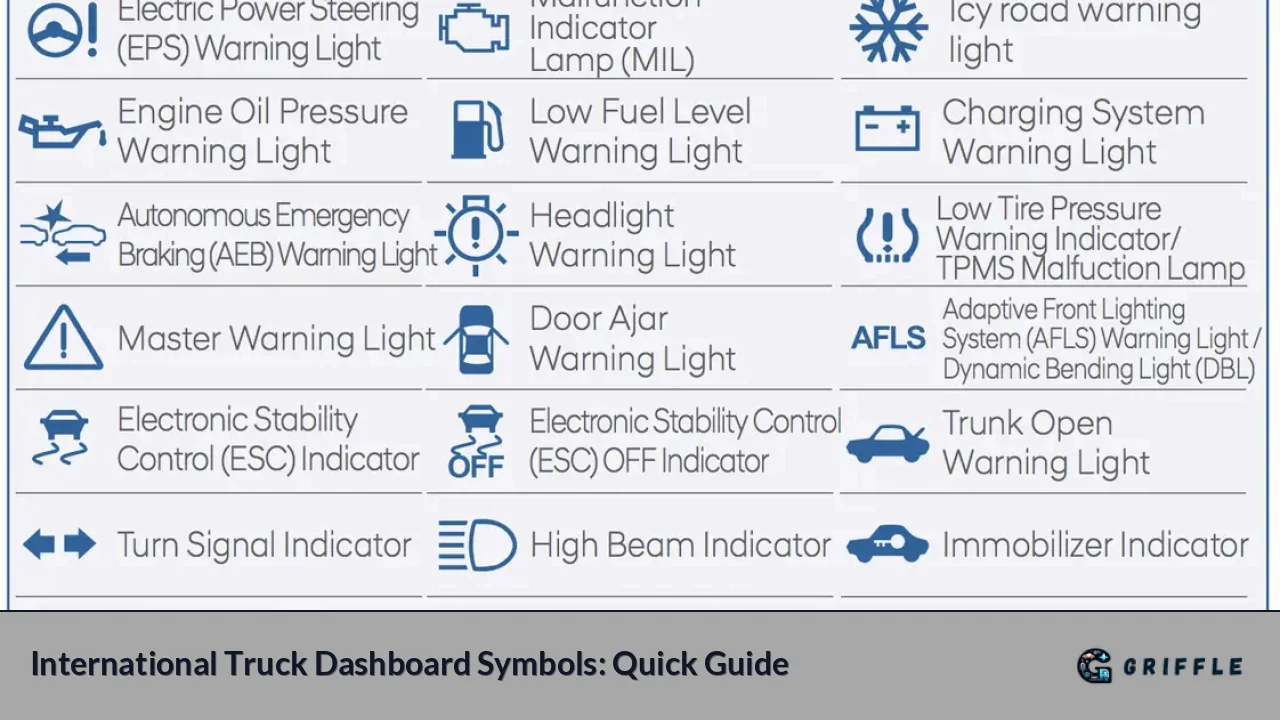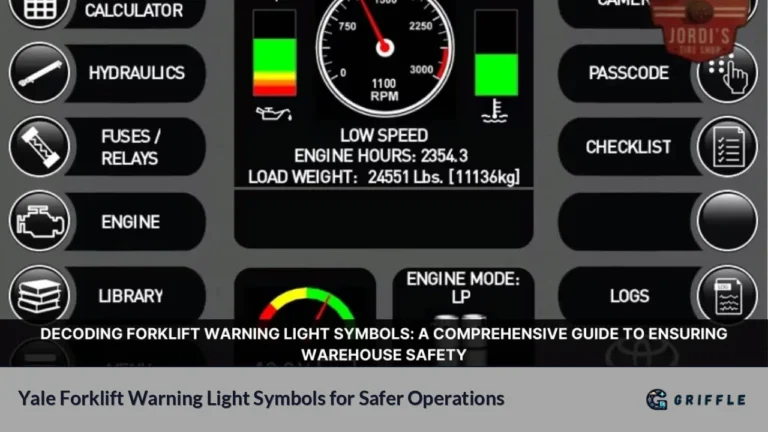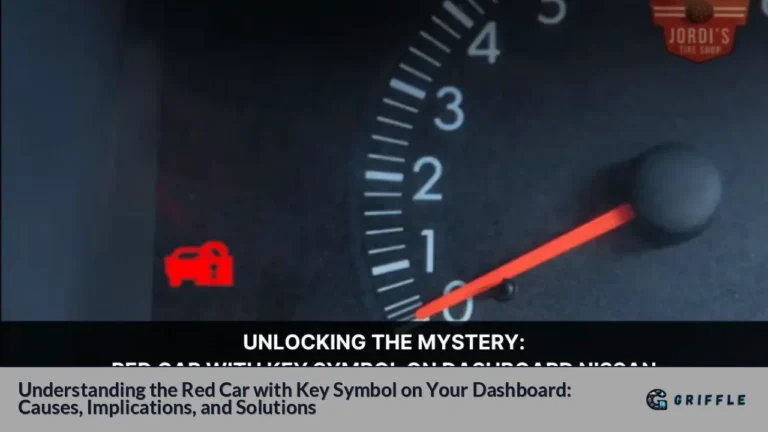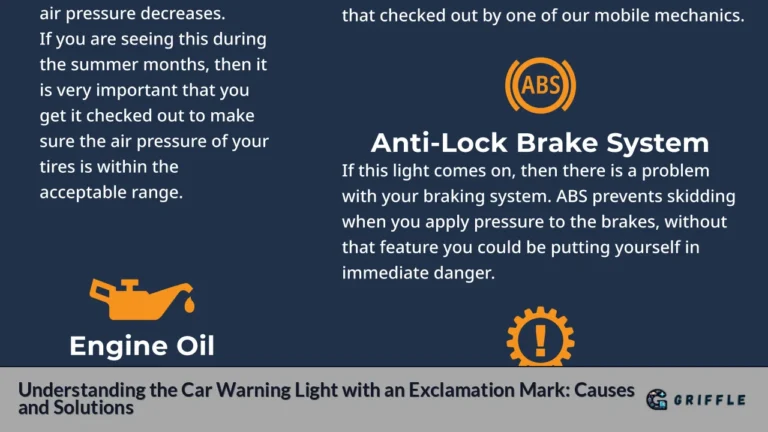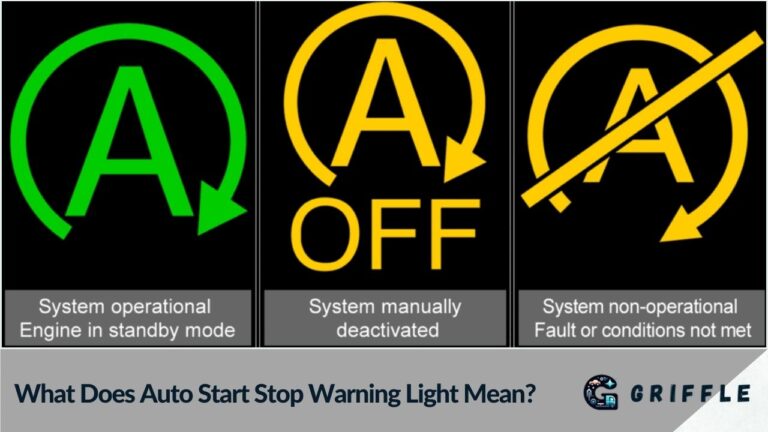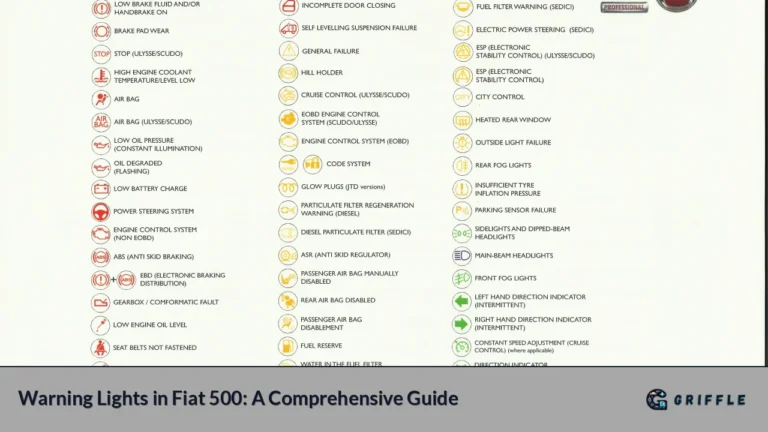Dashboard warning lights are crucial indicators that communicate the health and status of your vehicle. They serve as a first line of defense, alerting drivers to potential issues before they escalate into serious problems. This comprehensive guide will delve into the meanings of various dashboard symbols, categorize them by urgency, and provide actionable solutions to common issues that drivers face.
Every driver has experienced that moment of panic when a warning light illuminates on the dashboard. These symbols can be confusing and intimidating, especially for those who may not have a background in automotive care. Understanding what these lights mean is essential for maintaining vehicle safety and performance.
In this article, we will explore:
- The most common dashboard warning lights
- Their meanings and implications
- Recommended actions when these lights appear
- Tips for preventing dashboard warnings
To facilitate understanding, we will categorize the lights based on their urgency—red indicating immediate attention is needed, yellow suggesting caution, and green indicating normal operation.
| Color | Meaning | Action Required |
|---|---|---|
| Red | Serious issue requiring immediate attention | Stop driving as soon as it is safe |
| Yellow | Warning that something needs checking | Address the issue soon |
| Green | System is functioning normally | No action required |
Common Dashboard Warning Lights
Check Engine Light
The check engine light is one of the most recognized symbols on a vehicle's dashboard. It can indicate a range of issues from minor (like a loose gas cap) to serious (such as engine failure). If this light illuminates, it is essential to have your vehicle scanned for error codes to determine the exact problem.
Oil Pressure Warning Light
This light appears as an oil can symbol and indicates low oil pressure. Low oil levels or a malfunctioning oil pump can trigger this warning. Ignoring this light can lead to severe engine damage due to inadequate lubrication. If this light comes on, check your oil level immediately and consult a mechanic if necessary.
Battery Warning Light
The battery warning light signals potential issues with your car's battery or charging system. This could be due to a failing alternator or a dead battery. If this light comes on while driving, it’s crucial to address it immediately to avoid being stranded.
Brake Warning Light
This symbol typically indicates an issue with the braking system, such as low brake fluid or worn brake pads. If this light illuminates, you should have your brakes inspected immediately as it could compromise your safety.
Tire Pressure Warning Light
The tire pressure warning light alerts you when one or more tires are under-inflated. Maintaining proper tire pressure is vital for safety and fuel efficiency. If this light comes on, check your tire pressures and inflate them to the recommended levels.
Engine Temperature Warning Light
This symbol looks like a thermometer submerged in liquid and indicates that your engine is overheating. If this light appears, stop driving immediately to prevent severe engine damage.
Traction Control Light
When the traction control light illuminates, it indicates that the system is active or there may be an issue with traction control. This is particularly important in slippery conditions where maintaining control of the vehicle is crucial.
Airbag Warning Light
The airbag warning light signifies a problem with the airbag system. If this light stays illuminated while driving, it means that airbags may not deploy in the event of an accident. Immediate attention from a qualified technician is required.
ABS Warning Light
The ABS (Anti-lock Braking System) warning light indicates that there is an issue with the anti-lock braking system. This could affect your ability to stop safely in slippery conditions; therefore, it should be checked by a mechanic promptly.
Fuel Indicator Light
This ubiquitous symbol alerts you when fuel levels are low. It’s essential not to ignore this warning as running out of fuel can lead to engine problems.
Understanding Warning Light Colors
Understanding the color coding of dashboard lights can help prioritize actions:
- Red Lights: Indicate serious issues requiring immediate attention.
- Yellow/Amber Lights: Suggest caution; while not immediately dangerous, they should be checked soon.
- Green/Blue Lights: Indicate systems operating normally.
Preventing Dashboard Warnings
To minimize dashboard warnings:
- Regular Maintenance: Follow your vehicle's maintenance schedule for oil changes, brake inspections, and tire rotations.
- Check Fluid Levels: Regularly monitor oil, coolant, brake fluid, and washer fluid levels.
- Inspect Tires: Check tire pressure monthly and inspect for wear or damage.
- Stay Informed: Familiarize yourself with your vehicle’s manual for specific dashboard symbols and meanings.
Conclusion
Understanding dashboard warning lights is vital for every driver. By recognizing these symbols and their implications, you can take proactive steps to maintain your vehicle’s health and ensure safety on the road. Always prioritize addressing any warning lights promptly to avoid more significant issues down the line.
FAQs
- What does a red dashboard light mean?
A red dashboard light indicates a serious issue that requires immediate attention. - Should I drive if my check engine light comes on?
If the check engine light comes on, it's best to have your vehicle checked by a mechanic as soon as possible. - What should I do if my tire pressure warning light illuminates?
You should check your tire pressures immediately and inflate them to the recommended levels. - How often should I check my fluid levels?
You should check your fluid levels at least once a month or before long trips. - Can I ignore yellow dashboard lights?
You shouldn't ignore yellow lights; they indicate caution and should be addressed soon.
